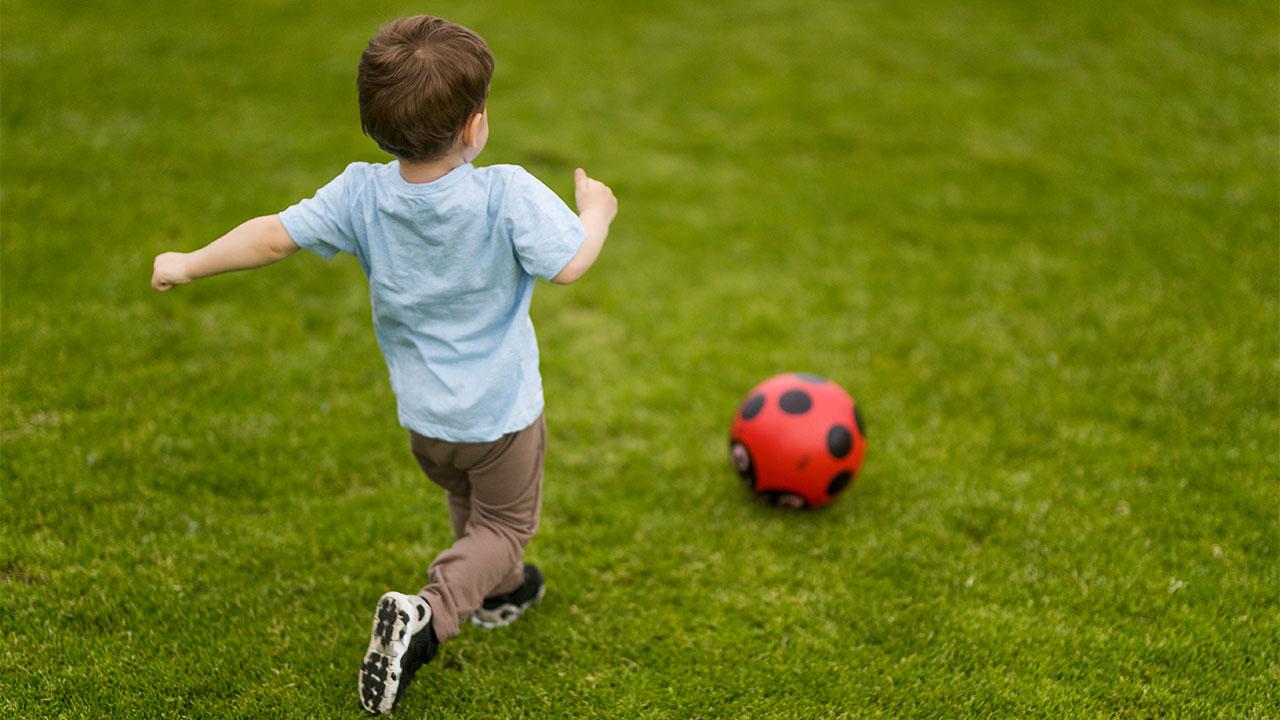In an era where digital screens often captivate children’s attention, fostering a lifestyle that prioritizes physical activity has become a pressing concern for parents, educators, and health professionals alike. The benefits of regular exercise for children extend far beyond physical health, influencing cognitive development, emotional well-being, and social skills. Yet, motivating kids to embrace an active lifestyle poses unique challenges, demanding strategic approaches that resonate with their interests and developmental stages. This article delves into evidence-based strategies and expert insights to equip caregivers with the tools necessary to instill a lifelong appreciation for physical activity in children. By understanding the underlying factors that drive engagement and enthusiasm, we can pave the way for a healthier, more active generation.
Understanding the Importance of Physical Activity for Child Development
Physical activity is a cornerstone of healthy child development, influencing everything from motor skills to mental well-being. Engaging children in regular physical exercise not only promotes cardiovascular fitness but also enhances cognitive functions and emotional resilience. Encouraging active play can improve a child’s coordination, balance, and strength, which are critical for their overall growth. Furthermore, active children are more likely to develop positive habits that can lead to a lifelong commitment to health and fitness.
- Model Active Behavior: Children often mimic the actions of adults. Show them the value of physical activity by incorporating exercise into your daily routine.
- Make it Fun: Turn physical activity into an enjoyable experience. Use games, sports, and outdoor adventures to keep them engaged.
- Limit Screen Time: Encourage activities that do not involve screens. This can free up time for more physically engaging activities.
- Provide Opportunities: Create a safe environment where kids can explore different forms of physical activity, from organized sports to unstructured play.
- Celebrate Achievements: Recognize and praise their efforts and progress, which can motivate them to continue participating.
By integrating these strategies, parents and educators can play a pivotal role in ensuring children reap the full benefits of physical activity, setting a foundation for a healthier, more active future.
Creating an Engaging and Safe Environment for Kids to Move
Designing a space that fosters both fun and security is essential for encouraging children to be physically active. Begin by ensuring the area is free from hazards, such as sharp objects or unstable surfaces, which could lead to accidents. Consider incorporating safety mats and padding, especially in areas where kids might engage in high-energy activities. Well-lit spaces not only enhance visibility but also contribute to a welcoming atmosphere that encourages exploration and movement.
To make the environment truly engaging, include a variety of equipment and materials that cater to different interests and abilities. Items like hula hoops, jump ropes, and soft balls can offer endless opportunities for creative play. Colorful and interactive signage can also guide children through different activity zones, making the space feel dynamic and inviting. Remember, a well-thought-out environment can significantly impact a child’s willingness to participate and develop a lifelong love for physical activity.

Incorporating Fun and Variety into Physical Activities
To keep kids engaged and enthusiastic about staying active, it’s essential to mix things up and infuse a sense of playfulness into their routines. By offering a variety of activities, children are more likely to find something they genuinely enjoy and are eager to pursue. Consider these ideas to add diversity and excitement to physical activities:
- Adventure Days: Organize themed activity days, like a “Superhero Training Camp” or “Jungle Explorer Quest,” to stimulate imagination while promoting fitness.
- Interactive Games: Incorporate games that require movement, such as scavenger hunts, obstacle courses, or dance-offs, which naturally integrate exercise with fun.
- Seasonal Sports: Rotate sports based on the season, introducing kids to activities like soccer in the spring, swimming in the summer, and ice skating in the winter.
- Family Challenges: Create family-oriented fitness challenges, encouraging teamwork and friendly competition, which can boost motivation and commitment.
- DIY Fitness Equipment: Get creative with homemade equipment, like sock balls for juggling or pillow forts for crawling, turning everyday items into tools for active play.
By weaving these diverse elements into physical activities, you foster an environment where kids can explore their interests, develop new skills, and most importantly, have fun while staying active.

Leveraging Technology to Motivate and Track Progress
Additionally, online platforms and video tutorials offer diverse workout routines tailored for children of all ages and interests. From dance challenges to virtual sports competitions, these resources can introduce kids to a wide range of activities, helping them discover what they love. With real-time feedback and personalized suggestions, technology empowers children to take control of their fitness journey, fostering a sense of accomplishment and self-motivation. By integrating these digital tools, we can inspire a lifelong commitment to health and well-being in the younger generation.



